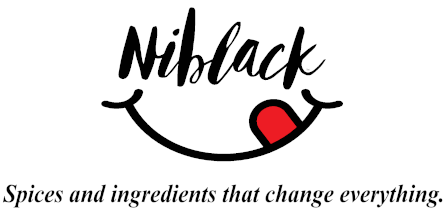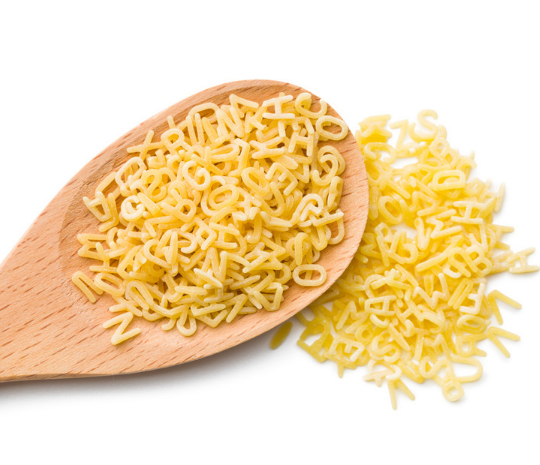Description
First and foremost, we must state — DO NOT substitute Prague #1 for table or sea salt. This “salt” is a curing salt/agent for meats and is NOT to be eaten by itself or as a seasoning in foods. While Prague #1 is sometimes referred to as pink salt, it should not be confused with culinary pink salts such as Himalayan. Use only 1 oz. Prague #1 for 25 lbs. of sausage or meat. To properly cure meat within food safety guidelines use only the recommended amount of Prague #1. Follow your recipe instructions.
Prague Powder #1 is recommended for meats that require short cures that will be cooked and eaten relatively quickly. Sodium nitrite provides the characteristic flavor and color associated with curing. It is used for all curing other than dry cures. You will use 1 teaspoon for 5 pounds (2 kg) of meat, or 100g per 100 pounds (45 kg), and mix it with cold water.
Prague Powder #1 is essential for short-term cures, wet cures, or for making cured meats that will soon be smoked, cooked, or canned such as sausages or corned beef. (Great around St. Patty’s day OR year-round if you love a homemade corned beef hash with your breakfast!) The Prague Powder #1 imparts a distinctive flavor to cured meat, and it’s also necessary to prevent food poisoning. Why is Prague Powder #1 essential to the process? The natural cooking environment for cured meat creates a habitat for growing bacteria, causing botulism —Prague Powder Number 1 is the ingredient that prevents this from happening.
To store Prague Powder #1, keep it in a cool dry place. Moisture will destroy this powder, so do not let it sit in humidity or allow it to get wet. That said, the shelf life is essentially endless as long as kept dry. Some replace it annually just to ensure it’s dry and fresh for its useful purpose.
Use Prague Powder #1 in recipes for sausage, hard salami, jerky, ham, fish, pastrami, bacon and corned beef. For every 5 lbs of meat, use 1 level tsp of Prague Powder. A 4 oz bag contains 20 tsp of Prague Powder # 1. To make a pickling brine, add 3 oz of Prague Powder to each gallon of water.
Ingredients: Salt, Sodium Nitrite, FD&C Red #3.
Why is Prague Powder #1 Called Prague Powder anyway?
People have been preserving food using forms of salt for thousands of years. That said, it wasn’t until the early 1900’s that scientists discovered the connection between use of flavor-enhancing (and natural preservative) nitrates and nitrites with the suppression of the bacteria that cause food poisoning. With that knowledge in hand, in 1925, Karl Max Seifert applied for a US patent for his Sodium Nitrite plus table salt preservative, which helped prevent food poisoning. Mr. Seifert called it Prague Powder. Apparently there is no record as to why Mr. Seifert called his salt “formula” Prague Powder, however.
Classic Corned Beef
1 cup kosher salt
1/2 cup granulated sugar
1 1/2 tsp Niblack Prague Powder #1
1 gallon ice water
5 pounds beef brisket, trimmed
3 Tbsp Niblack Pickling Spices
6 bay leaves, divided
1/4 teaspoon Niblack Foods crushed red pepper
4 cloves garlic, smashed
1 tablespoon Niblack whole black peppercorns
1 tablespoon Niblack allspice
1 teaspoon Niblack whole cloves
Dissolve salt, sugar and Prague Powder #1 in water in a shallow, non-reactive (stainless steel) container. Inject the brine throughout the meat using a flavor injector and place the meat in the brine liquid, along with pickling spices, 4 bay leaves and crushed red pepper. Keep submerged by weighing it down with a dish. Transfer to the refrigerator to brine for 5 days. Remove the brisket from the brine, rinse thoroughly and discard brine. Place brisket fat-side down in a crockpot or dutch oven. (Instant-Pots work great too for a faster cook time!) Cover with cold water and add remaining 2 bay leaves, garlic, peppercorns, allspice and cloves. Bring to a boil. Lower heat and simmer until tender, about 3 hours. Remove from liquid. Cool and thinly slice meat.
A Little More About Wet Curing Meats
“Wet curing” is when the curing ingredients are added to water to make a brine and then the meat is placed in that brine to soak for a period of time. You’ll need a good sized container that’s made from plastic or stainless steel which is approximately double the size of your meats you’re curing.
Your brine should be made by first boiling the water necessary along with the curing ingredients so that everything dissolves. Once done, the brine can then be left to cool for 24 hours and then chilled in the refrigerator prior to adding your meat. The ideal temperature for wet curing is between 2°C – 4°C (35°F – 40°F).
The upside to wet curing meats is that the distribution of the cure is even in brine but on the downside you need significantly more refrigerator space for the same amount of meat compared to vacuum curing.








Reviews
There are no reviews yet.